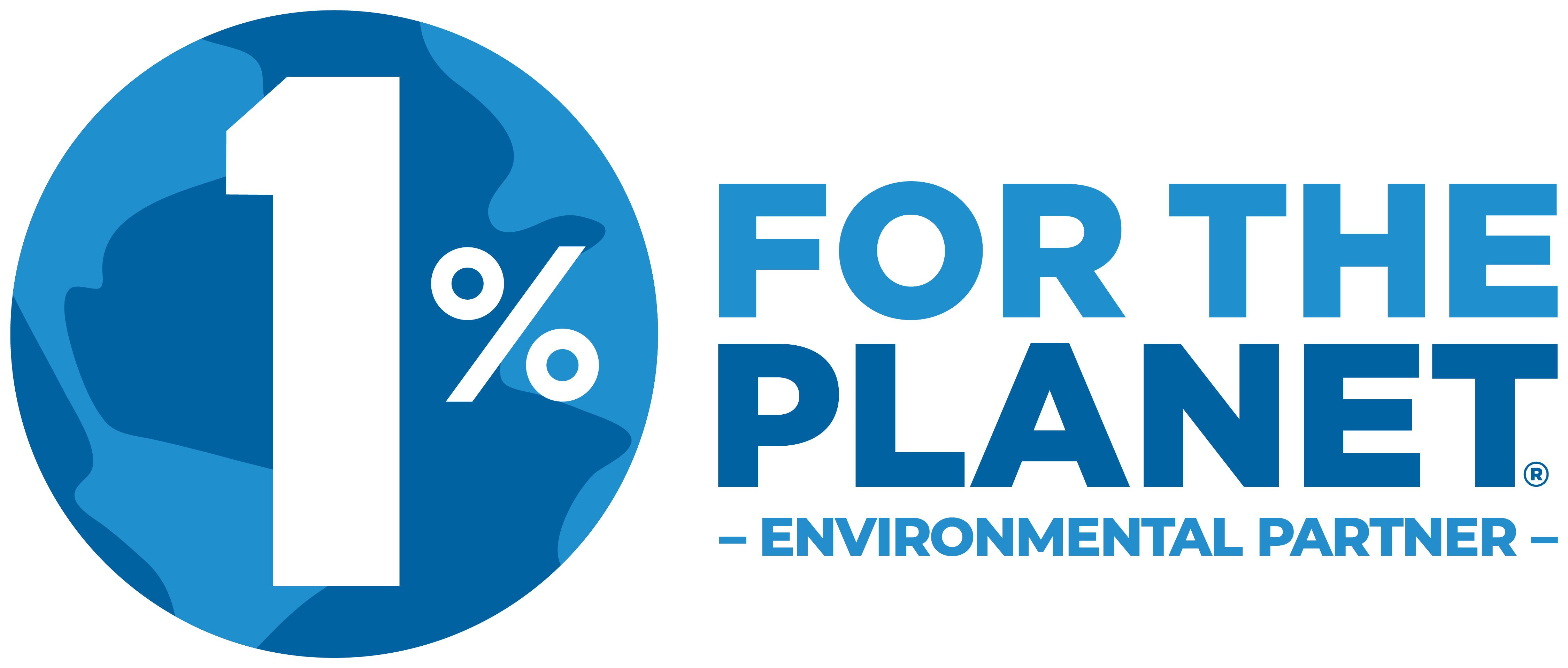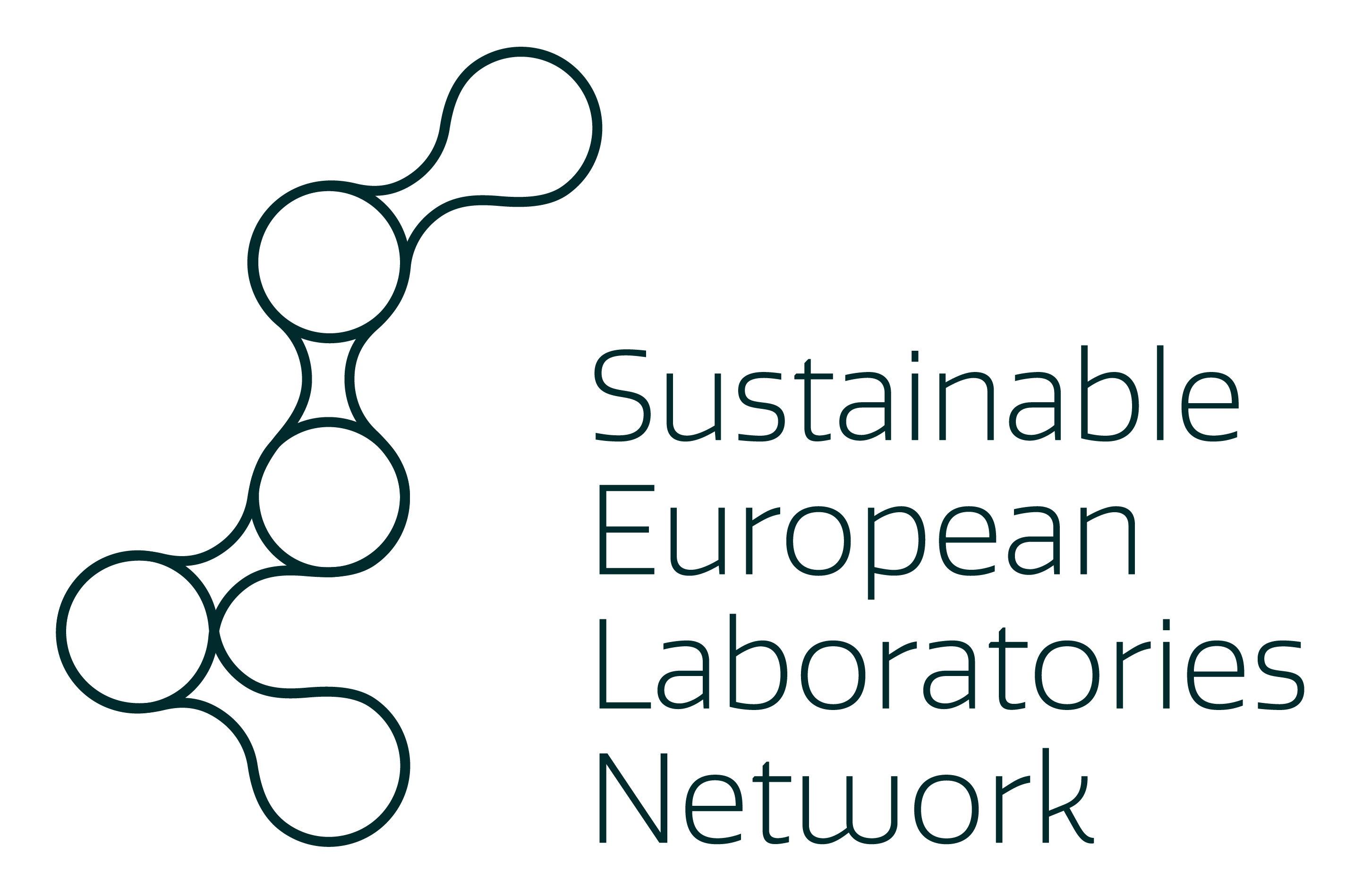Procurement
When making efforts to reduce your research’s overall footprint, monitoring what is coming into the lab can be just as important as to what leaves the lab and how.
The whole life cycle of the equipment or consumables should be considered. Consider the materials used in production, the sustainable efforts in the factories where items are made, transport of the items, impact of item while in use but also very importantly, the end life of the item. Some considerations:
- Purchase from companies who make a clear effort to address sustainability in their products
- Look and ask for for take-back and recycling schemes from companies to reduce packaging and waste
- Use core facilities where possible to avoid buying equipment for a small amount of groups
- Use in house supply facilities to reduce transport emissions
- Collaborate with other groups/departments for bulk purchasing to reduce transport emissions
- Ensure equipment has good maintenance and service contracts to avoid breakdowns and extent the lifetime of the machine
- Work with equipment repair companies/workshops
- Offer still functional equipment being thrown out to another lab or institute for a second life
Background information
Green Lab Consumables Guide
- Sustainable Procurement Resources – LEAN Network UK
- Saving Money Through Sustainable Procurement of Laboratory Equipment – S-Lab & HEEPI, 2011
- Green Lab Consumables Guide – UCL, 2021
Platforms for used products
- Seeding labs – Lab equipment donation scheme
- Equip Sent – Lab equipment donation scheme
- ReUzeit – company buying and selling used lab equipment
- Labmakelaar – company buying and selling used lab equipment (BeNeLux)
Publications on this topic



